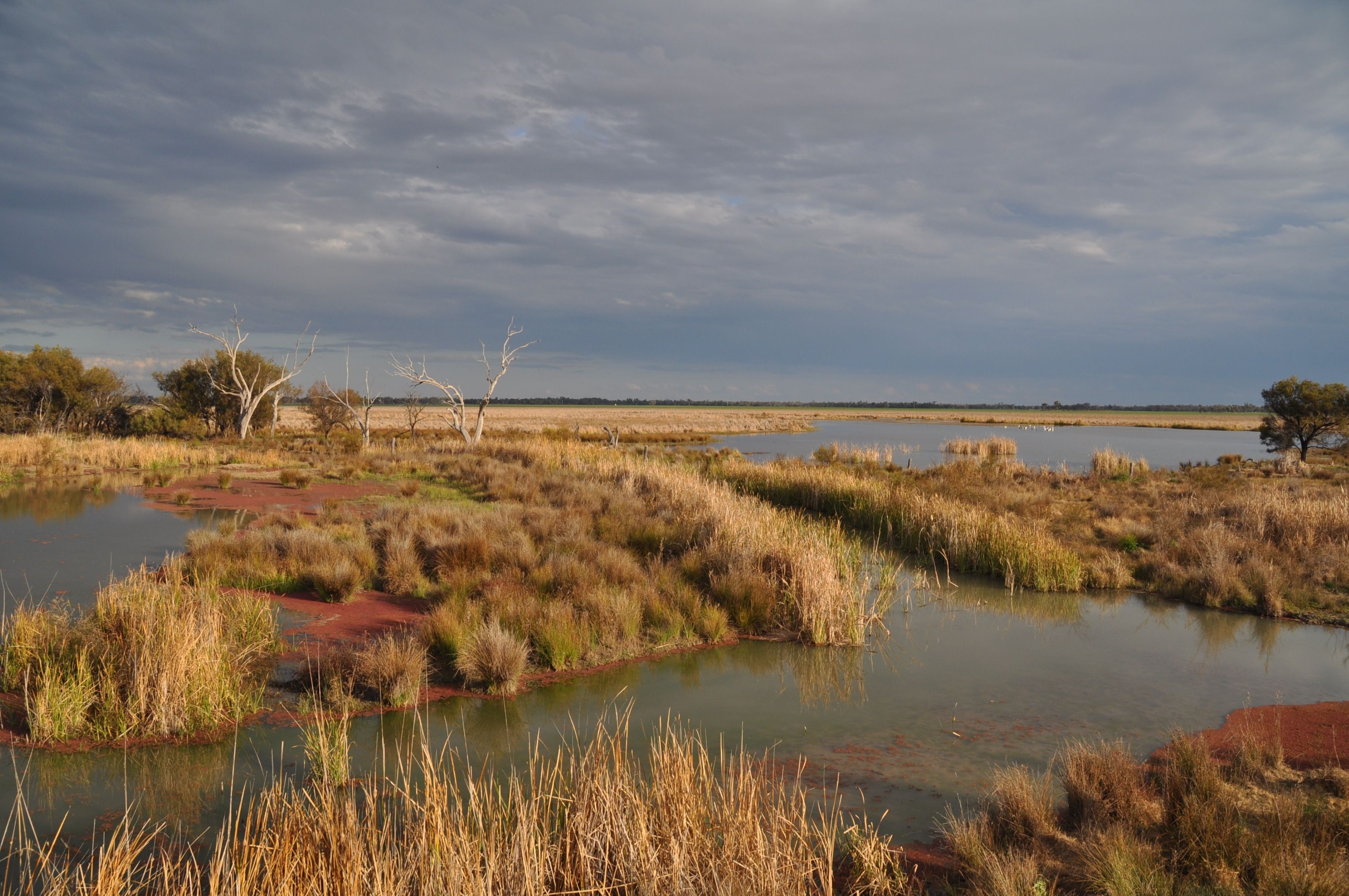Search
NSW Wetland Inventory | Wetlands
We’re collecting data and information about NSW wetlands to improve the way they’re managed.

Biodiversity in estuaries | Estuaries
Estuaries are often referred to as the nurseries of the sea. They contain a diversity of plants and provide shelter, nutrient-rich food and nesting sites for juvenile and adult animals.
Protection and management of estuaries | Estuaries
Appropriate management of estuaries is essential to protect and maintain their unique biodiversity and fragile function.
About wetlands | Wetlands
Wetlands take many forms, depending on whether they are on the coast, in estuaries, on floodplains and around rivers and lakes.
Vulnerable estuaries | Estuaries
Vulnerable estuaries are susceptible to land-based pollutants such as urban stormwater or agricultural runoff and need a higher level of management to protect and maintain them.
Estuary entrance management | Estuaries
Balancing the health and dynamics of intermittently closed estuaries is a critical part of our role in supporting beach and estuary management.
Why estuaries are important | Estuaries
Estuaries are important biologically diverse ecosystems that have significant ecological, social, cultural and economic value.
Threats to estuaries | Estuaries
The health of our estuaries is threatened by coastal development, declining water quality and loss of habitat for native species.
Plants in estuaries | Estuaries
The dominant plant groups in our estuaries are seagrass, mangroves, saltmarsh, macroalgae and microalgae.
Birds in estuaries | Estuaries
Huge numbers of birds live in our estuaries and use them to provide habitat, food and a place to rest.